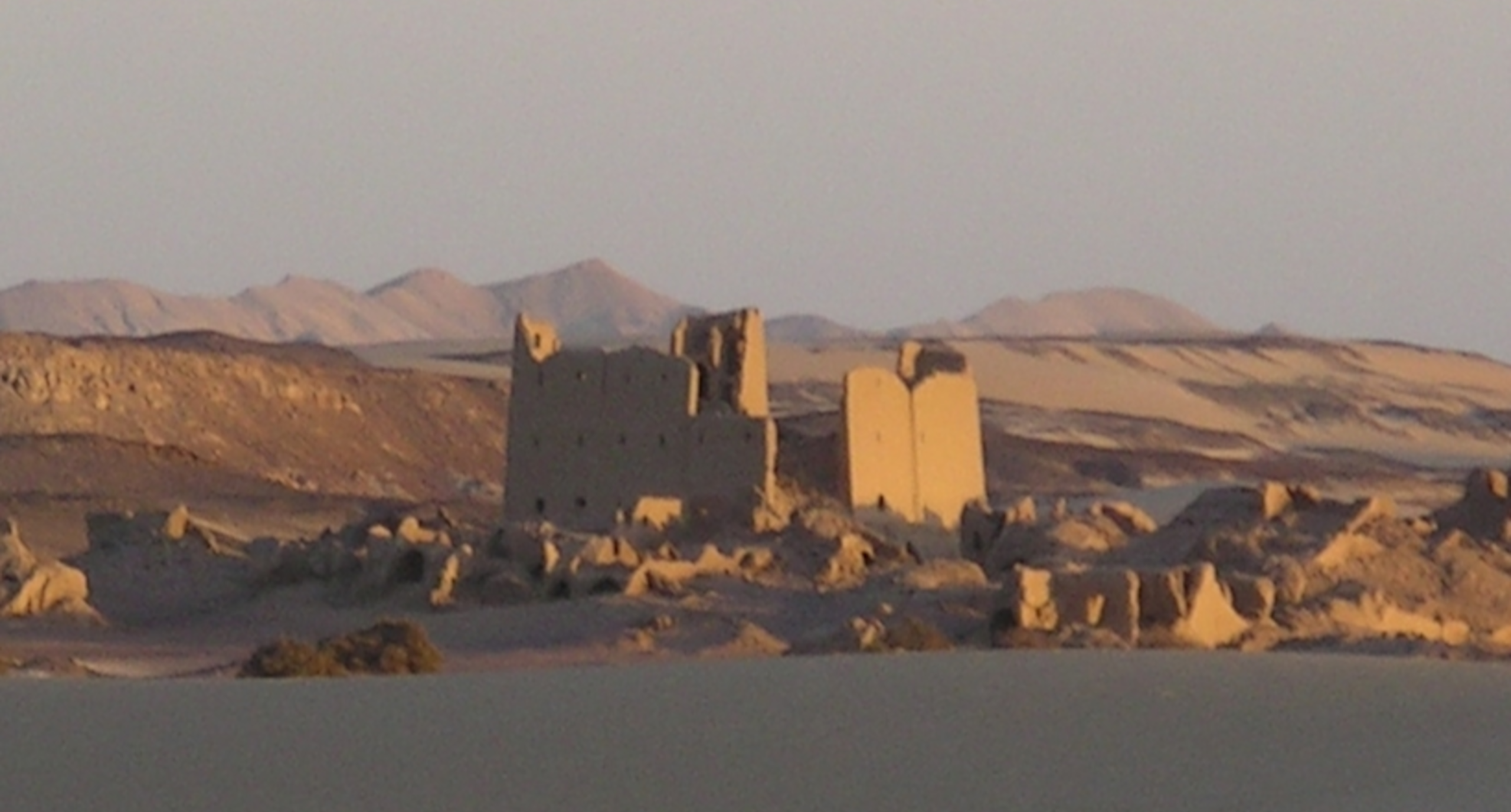
The aim of the Eidolon Experimental Unit is to identify the most efficient and effective criteria and processes for the purpose of documenting and researching archaeological artefacts and communicating the results of such work. Eidolon aims to identify a combination of proven survey, investigation and communication techniques for each macro-category of artefacts, thereby enabling the extraction and transmission of any information that can be derived from the objects themselves. Eidolon is a specialised Experimental Unit which focusses primarily on Egyptology case studies but works and studies how to improve and broaden the criteria and procedures applicable to museums in general and to archaeological projects that are dedicated to other fields of history and geography. As such, the Experimental Unit operates in the wider field of protection, management and enhancement of cultural assets. Eidolon is supported by a combination of 6 disciplinary fields found in the department which collaborate in the creation of a holistic approach to the management of each individual case study.
services
team
-

Prof. Corinna Rossi
Scientific coordinator
-

Alessandro Mandelli
Tecnical coordinator
Documentation
Regulation
Tariff schedule
CONTACT DETAILS
Corinna Rossi
E-mail: corinna.rossi@polimi.it, Ph. +39 02 2399 5157
Alessandro Mandelli
E-mail: alessandro.mandelli@polimi.it, Ph. +39 02 2399 5120
Via Ponzio 31, 20133 Milano
Campus Bonardi, building 15 “G. Muzio”, second floor